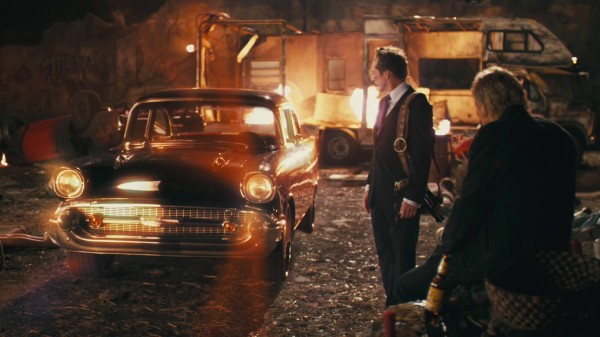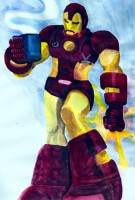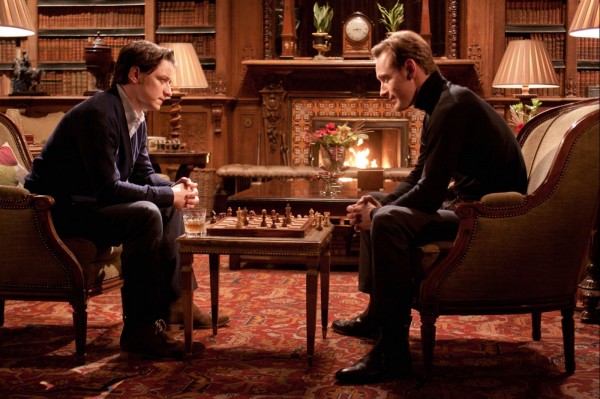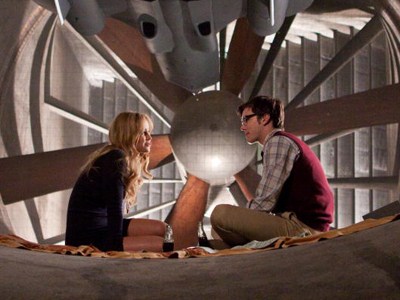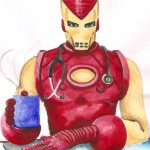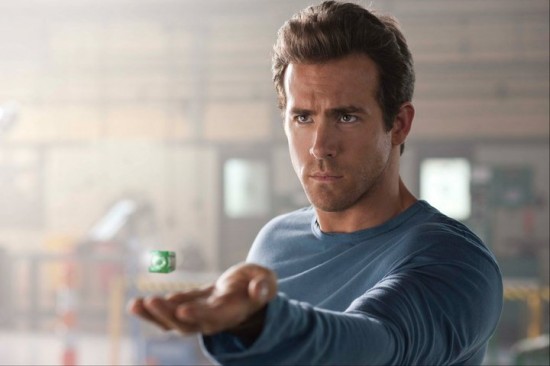
No one including the Guardians are quite sure how the ring chose its wielder, maybe with great power comes great irresponsibility.
A compromised Intergalactic order entrusted a very flawed fighter pilot with a green ring that can will the user’s imagination into existence. Based off the DC comics’ property, the Green Lantern has been amended many times over the last 70 yrs. No longer a mystical warrior named Alan Scott in 1940 whose ring had a vulnerability to wood, Hal Jordan’s 1959 Green Lantern abilities are cosmic in origin. Despite the evolution of the character, the concept remained the same: Courage and the will to act are vital ingredients that enable living beings to possess the ability to solve any problem or threat. Unfortunately the film chose to explore the concept through uninspired dialogue instead of depicting the necessary transition scenes that would convince the audience of a metamorphosis from a buffoon into a hero.
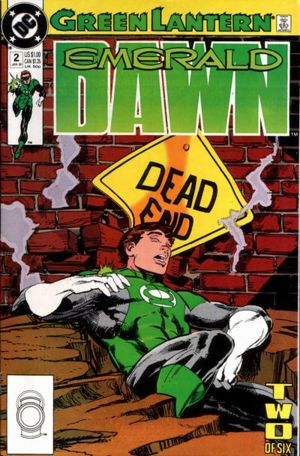
Emerald Dawn would have been a much better template for the Rise of Hal Jordan & Fall of Sinestro. Alas, no follow through and a hodgepodge of ideas
Surrounded by an A list cast, the script writers were pulled in two different directions as the interplay on Earth did not match up with the interplay on the alien world, Oa. As Hal Jordan, Ryan Reynolds’ charisma worked as an irresponsible, directionless flight jockey but lacked the substance of a Sam Sheppard to display the resolve that would sell how a character transitions from a quitter into a fearless hero. Reynolds in briefs achieved the strangest alien probe scene ever that was never part of the source material but rather as a demographic. As Hector Hammond, Peter Sarsgaard complimented Reynolds’ character as Jordan’s inferior polar opposite. As Jordan chose Will as his cosmic muse, Hammond chose Fear. A Yin to the other’s Yang in the midst of intergalactic war of emotional spectrum would have been a good introduction to the higher concept that we are not alone in our struggles to overcome obstacles. The emotion that each individual chose to overcome their obstacle in life not only defined who they were but also could have been the centerpiece for what was largely a group of characters with no direction in their lives. Alas, the actors were short changed by the studio’s greater interest in all the CGI effects that its reach overextended its grasp in telling a compelling story grounded by the acting talent at hand. Blake Lively followed January Jones in a list of vixens that had no material to work with. A shame for the actresses involved because comic books industry has come a long ways in terms of giving female characters some power and relevance to the story. Tim Robbins and Angela Bassett were along for the carnival ride. The first act’s labile characteristics don’t build up to the introduction of Sinestro played by Mark Strong. Sinestro’s importance as Hal Jordan’s mentor and ultimately the Green Lantern’s deadliest arch nemesis was undermined by too many characters and perhaps too many cooks in the kitchen of the studio.
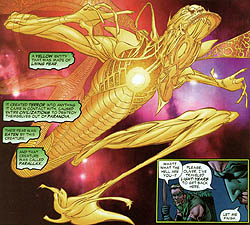
Parallax might be Oan for paradox because it was intentionally created to retcon why Hal Jordan became a murderous killer. The movie version was completely different and failed to make the parasite's purpose any more simplified than the source material.
Like a marriage doomed from the start, the writing and director tried to mesh Emerald Dawn, an origin story that has been rewritten in Secret Origins to the prelude of the Sinestro Corps War. The script was uneven at best and won’t help any audience member should they decide to pursue the comic book itself. If the writers had a handle on Hal Jordan, they would have established why the most powerful side arm in the galaxy chose him above anyone else in sector 2814 of the universe. Unfortunately they had neither an understanding of the source material or the character. As a result, Green Lantern was a film that was on par with Fox’s Fantastic Four, another bastardized adaptation that didn’t get any better in the sequel.
Green Lantern rates as a go-to beer if there’s nothing that strikes your fancy on a nice summer weekend. It’s not distasteful but it doesn’t quench your thirst either. Perhaps, you’re better off spending your money on the source material itself.
Cheers,
Ron

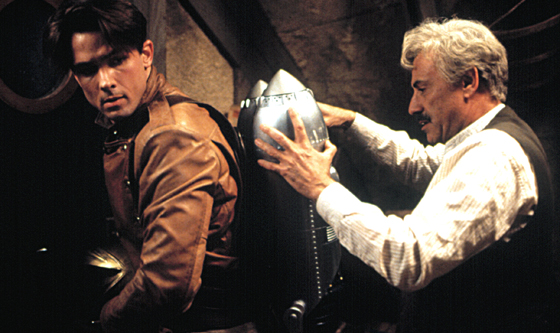
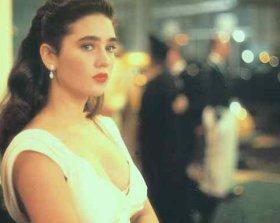
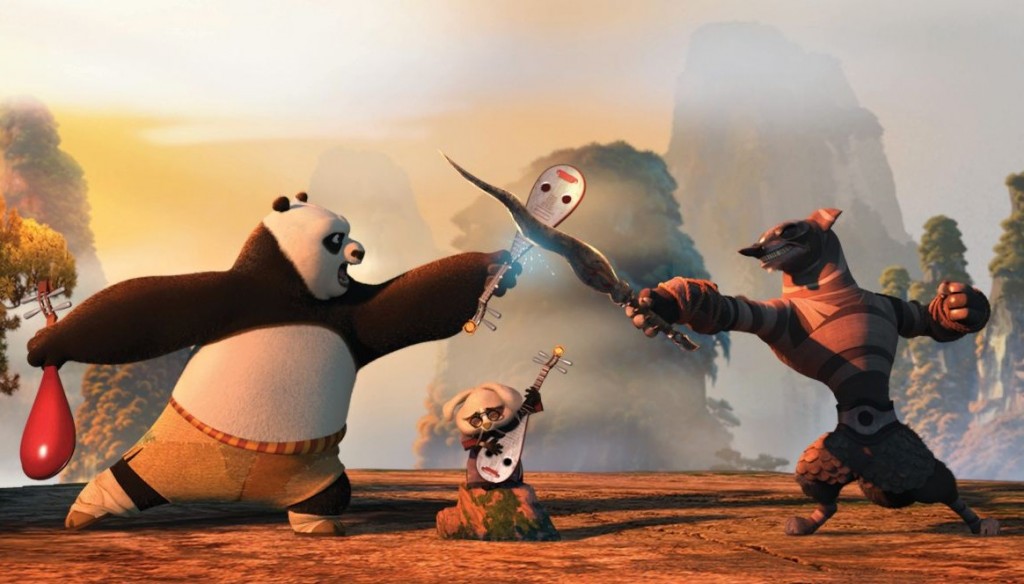
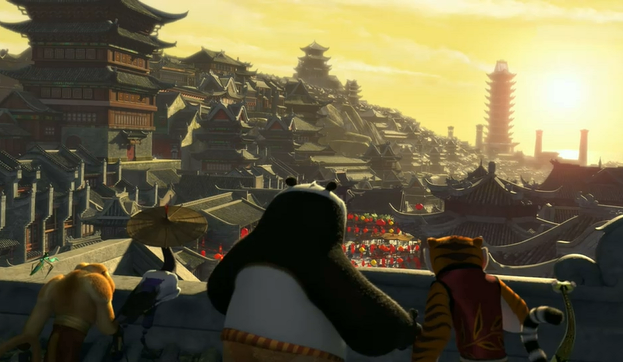
 Displaying the greatest improvement over the first film is the new story. The movie wastes no time in recapping its predecessor, nor does it follow it beat for beat. Instead, it reestablishes the setting and its characters with a new, thoughtful tale that stems from the small, weird fact that Po was raised by a goose, purposely left unexplained in the last chapter. While the illogical pairing provided a few laughs the first time around, it serves as the foundation of a serious story about Po’s past that deals with a subject matter that few kids films address in today’s society where not every child has a traditional upbringing. It’s a nice move to wrap the idea of how it’s not where you’re from but how you’re brought up, no matter by who, and shows that in an industry diagnosed with sequelitis, the effort is still made to make an engaging, heartwarming narrative.
Displaying the greatest improvement over the first film is the new story. The movie wastes no time in recapping its predecessor, nor does it follow it beat for beat. Instead, it reestablishes the setting and its characters with a new, thoughtful tale that stems from the small, weird fact that Po was raised by a goose, purposely left unexplained in the last chapter. While the illogical pairing provided a few laughs the first time around, it serves as the foundation of a serious story about Po’s past that deals with a subject matter that few kids films address in today’s society where not every child has a traditional upbringing. It’s a nice move to wrap the idea of how it’s not where you’re from but how you’re brought up, no matter by who, and shows that in an industry diagnosed with sequelitis, the effort is still made to make an engaging, heartwarming narrative.
 How to Succeed in Business Without Really Trying fires on all cylinders from the opening number and continues to astound all the way through to the grand finale. While it is fifty years since its inception and is filled with traits of that period, from the wardrobe to the character archetypes, it feels relevant now. Amplifying the idea of “it’s who you know, not what you know,” it satirizes what is considered today a difficult field in which to get ahead and makes it the easiest thing in the world to ascend in as it follows J. Pierrepont Finch (Daniel Radcliffe) and his climb up the corporate ladder, using his charm, wit, and a handy self-help book from which the play derives its name. Employing the book’s ingredients for success, Finch rises up in the ranks by gaining popularity with his co-workers and superiors, including company president J. B. Biggley (John Larroquette), while also attracting the attention of a lovely secretary and the boss’s conniving nephew.
How to Succeed in Business Without Really Trying fires on all cylinders from the opening number and continues to astound all the way through to the grand finale. While it is fifty years since its inception and is filled with traits of that period, from the wardrobe to the character archetypes, it feels relevant now. Amplifying the idea of “it’s who you know, not what you know,” it satirizes what is considered today a difficult field in which to get ahead and makes it the easiest thing in the world to ascend in as it follows J. Pierrepont Finch (Daniel Radcliffe) and his climb up the corporate ladder, using his charm, wit, and a handy self-help book from which the play derives its name. Employing the book’s ingredients for success, Finch rises up in the ranks by gaining popularity with his co-workers and superiors, including company president J. B. Biggley (John Larroquette), while also attracting the attention of a lovely secretary and the boss’s conniving nephew. Though as talented as the entire cast is, it’s director Rob Ashord who amazes the most with his ability to weave every bit of detail into a tightly-knit production. How to Succeed works like one big clock as props maneuver in and out of the stage amidst complex routines from a vast crew of performers. Ashord’s choreography fits each number’s subject in their own unique way and never feels as if the actors are only repeating the same thing over and over. He incorporates simple, mundane activities, like organizing mail or getting coffee, into interpretive, yet wacky dance moves that feel like you’re watching a circus act. One such number is Radcliffe and Larroquette’s duet about college football with their dancing taking the form of practice drill and game-winning plays. Framing all of this is the work of the set and costume designers. They managed to create a 1950s atmosphere with lavish outfits for everyone and scenery with multiple pieces sliding into the spotlight, from a desk to a three-story tall office interior, that keep a dynamic flow from one scene to the next.
Though as talented as the entire cast is, it’s director Rob Ashord who amazes the most with his ability to weave every bit of detail into a tightly-knit production. How to Succeed works like one big clock as props maneuver in and out of the stage amidst complex routines from a vast crew of performers. Ashord’s choreography fits each number’s subject in their own unique way and never feels as if the actors are only repeating the same thing over and over. He incorporates simple, mundane activities, like organizing mail or getting coffee, into interpretive, yet wacky dance moves that feel like you’re watching a circus act. One such number is Radcliffe and Larroquette’s duet about college football with their dancing taking the form of practice drill and game-winning plays. Framing all of this is the work of the set and costume designers. They managed to create a 1950s atmosphere with lavish outfits for everyone and scenery with multiple pieces sliding into the spotlight, from a desk to a three-story tall office interior, that keep a dynamic flow from one scene to the next.